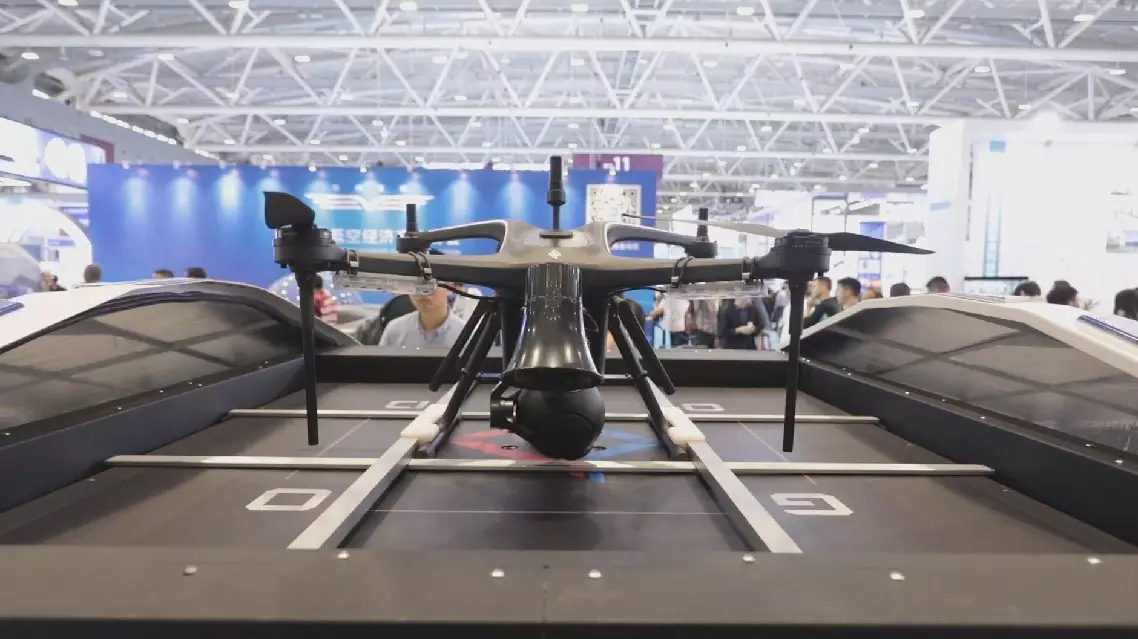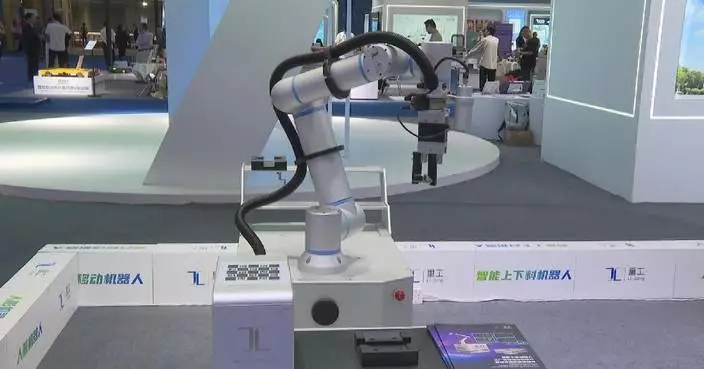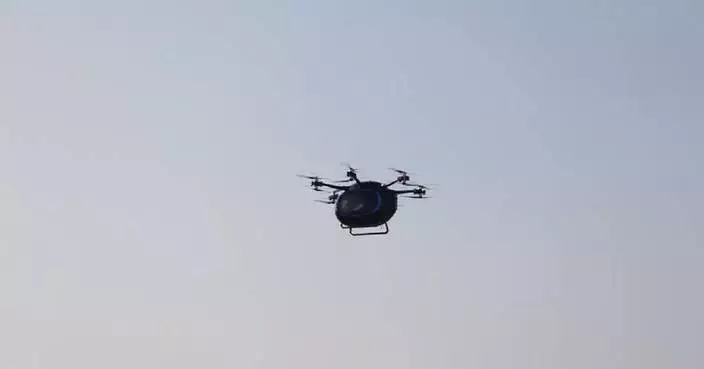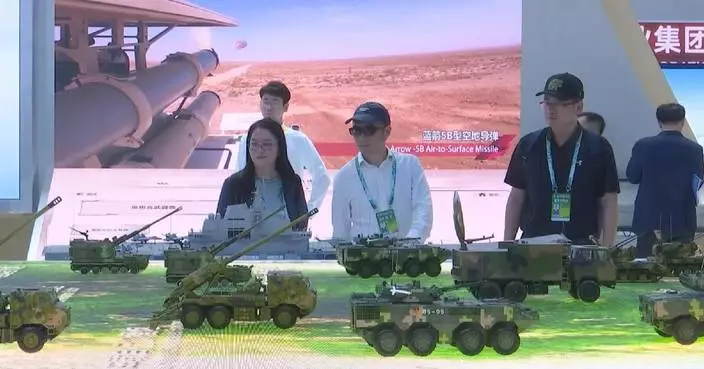The 15th China International Aviation and Aerospace Exhibition held in south China's coastal city of Zhuhai closed on Sunday with an impressive, comprehensive and successful display of People's Liberation Army (PLA)'s advancements in military equipment.
The biennial event, also known as Airshow China or Zhuhai Airshow, is China's largest arms show and is seen as one of the world's most important defense exhibitions.
The six-day event attracted attendance of 1,022 companies from 47 countries and regions, and the number of participating companies increased by more than 38 percent over the previous version, among which the number of overseas exhibitors increased by 104 percent.
The cumulative number of visitors reached nearly 600,000, and the contract value reached 285.6 billion yuan (about 40 billion U.S. dollars).
During the airshow, a dazzling array of aircraft, such as China's fighter jets of J-20 and J-35A, Russia's fighter jet of Su-57, staged more than 70 flight demonstrations.
Among the debuts of high-end military equipment and exhibits, China's new stealth fighter jet J-35A, carrier-borne fighter J-15T, HQ-19 surface-to-air missile weapon system, and lunar soil samples from the far side of the moon attracted the most attention of global visitors. "This time, the PLA Air Force exhibited 36 new types of weapons and equipment, which is very exciting. Our aviation equipment has shown full-blown development, and two types of stealth fighters have been publicly unveiled. Our air defense and anti-missile equipment has also made great progress. For example, this year our HQ-19 surface-to-air missile weapon system was publicly unveiled for the first time. Its equipment can greatly improve our air defense and anti-missile capabilities, weave a tight air defense network for the country, and become a more powerful air defense iron fist," said military expert Zhang Xuefeng. Visitors said that successive airshows have gradually demonstrated the continuously improving system combat capabilities of the Air Force, especially the mass deployment of batches of advanced equipment, and the accelerated forging of new combat capabilities represented by unmanned combat and special forces. "I saw the huge Y-20 transport aircraft and the advanced J-20 stealth fighter jet. They are very spectacular and I felt very proud. I also want to be a pilot and fly the most advanced aircraft to defend the motherland," said child visitor Gao Muchen. The static ground exhibition area set four sections of air control operations and air strikes, unmanned and anti-unmanned operations, strategic delivery and airdrops, and early warning detection and air defense.
"The four sections displayed this time present a trend of informatization, systematization and autonomy, and also show our characteristics of stealth, long-range and intelligence. It can be said that it represents a trend of the future development of our air force equipment," said Zhang.
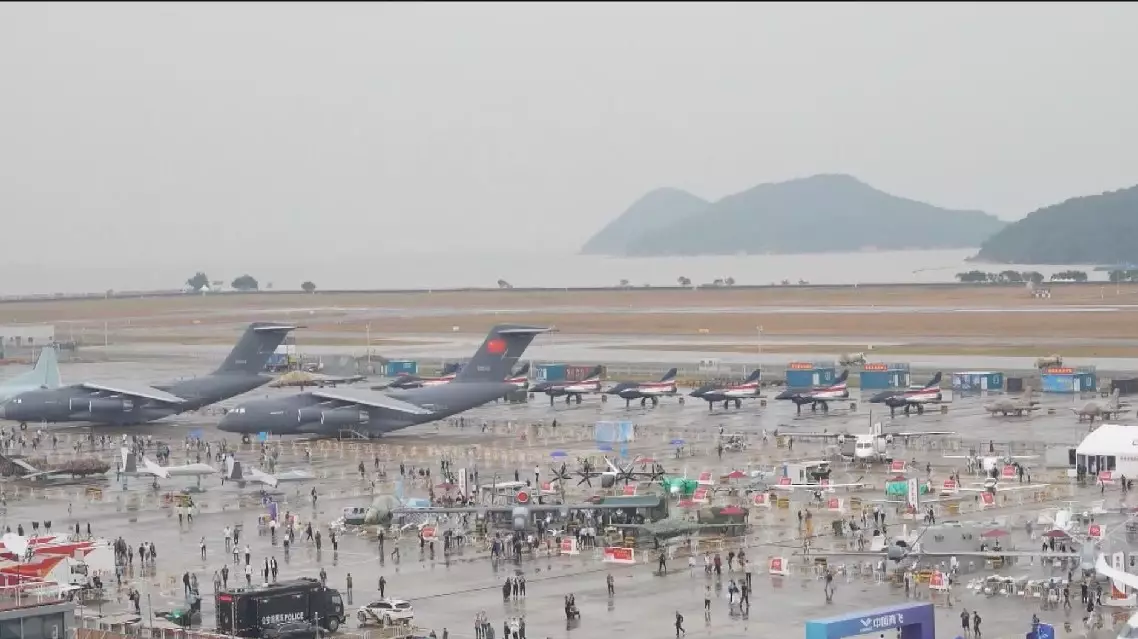
Zhuhai Airshow concludes with China's impressive military equipment
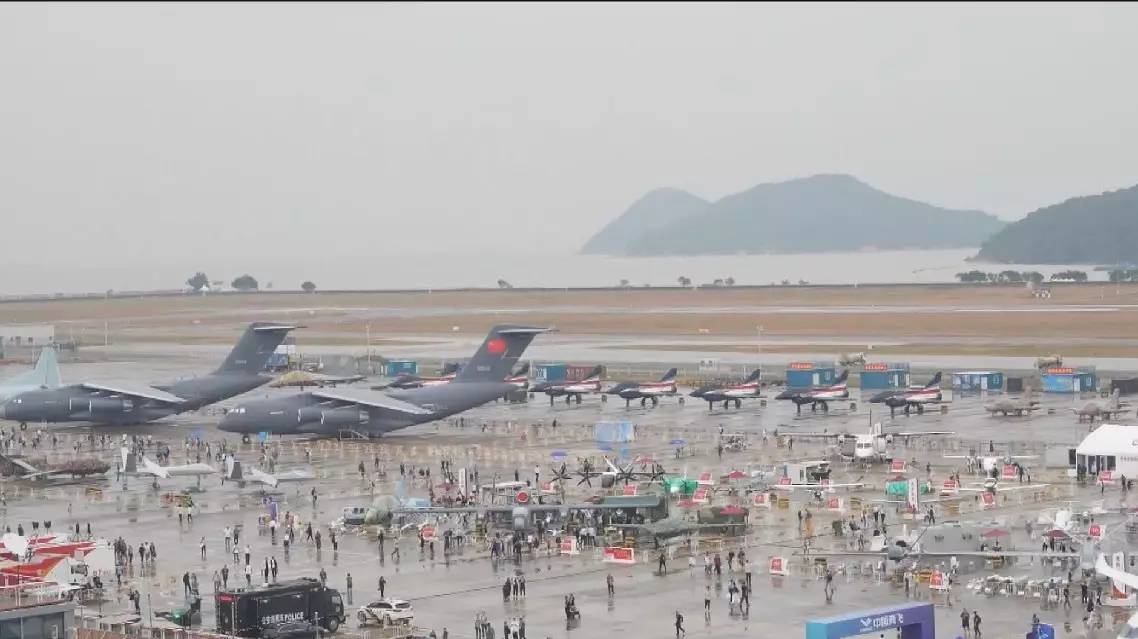
Zhuhai Airshow concludes with China's impressive military equipment


